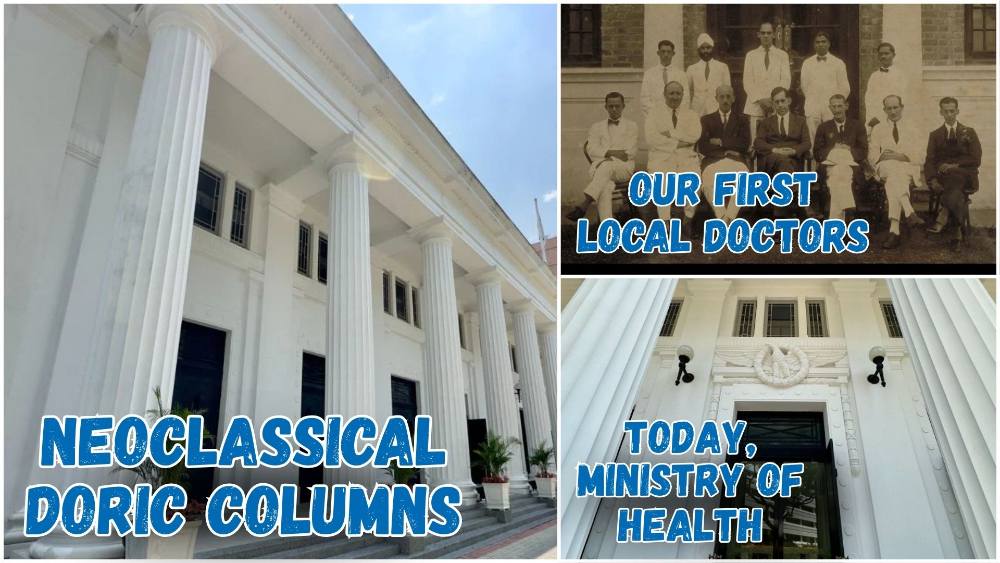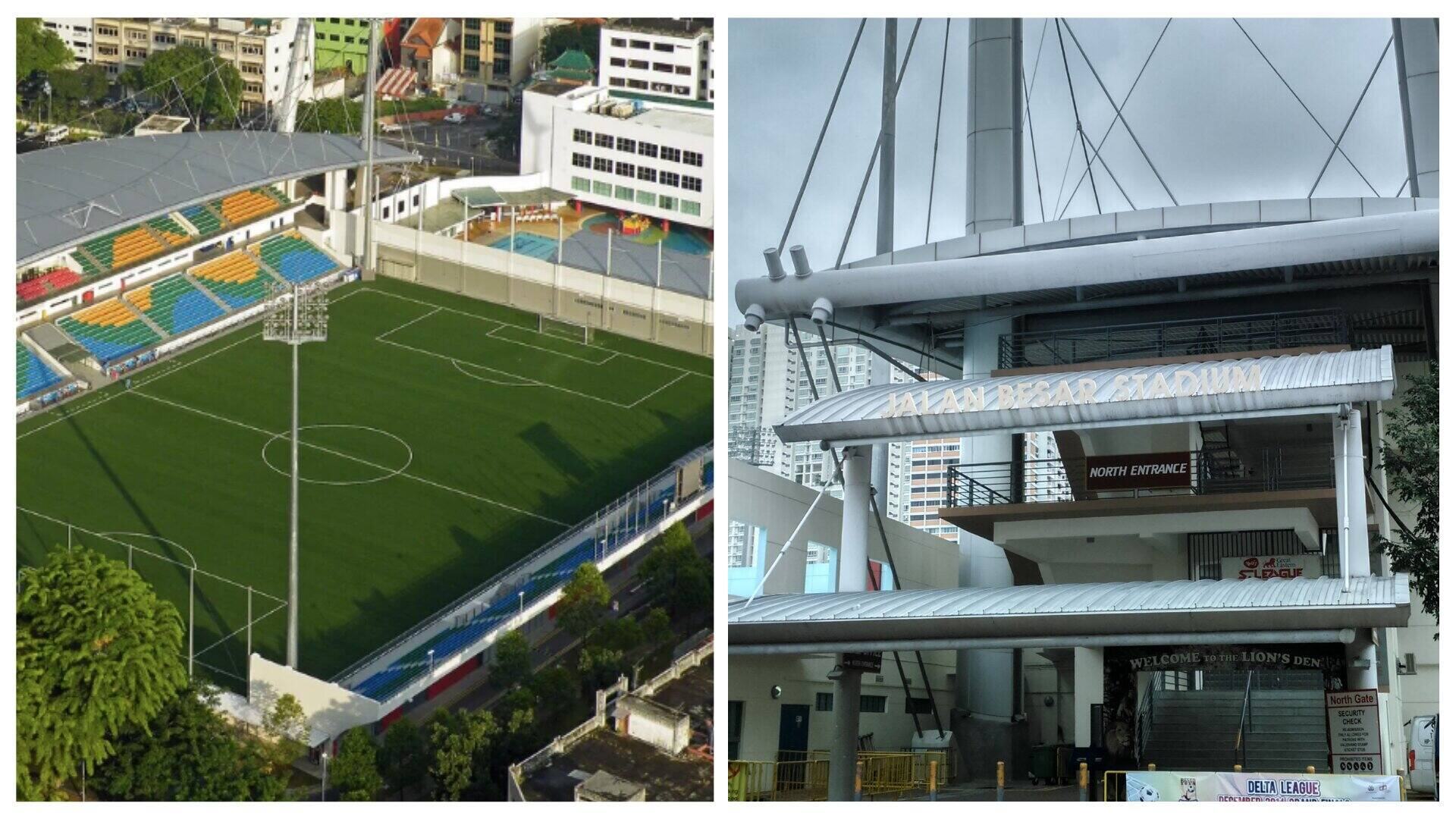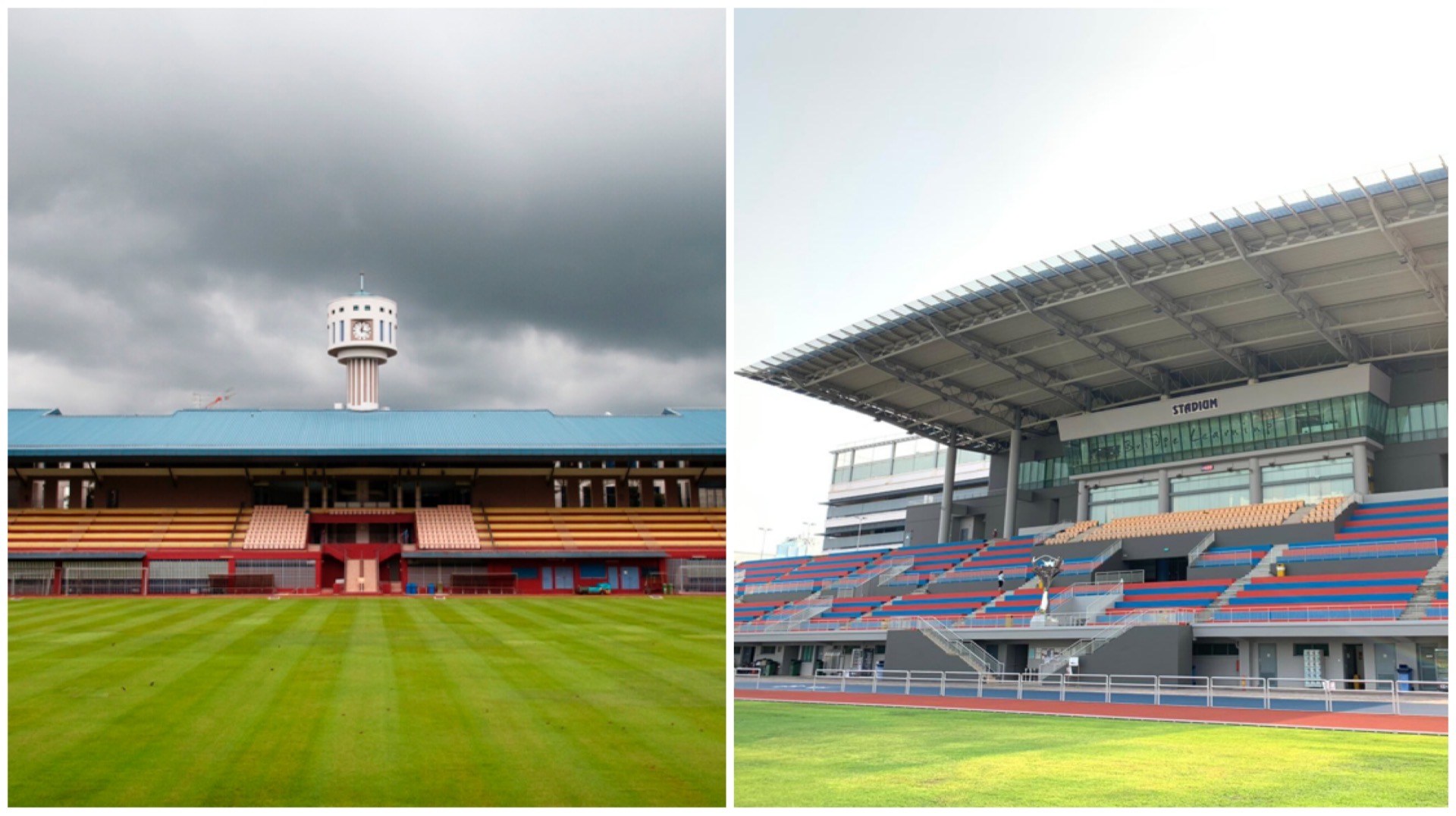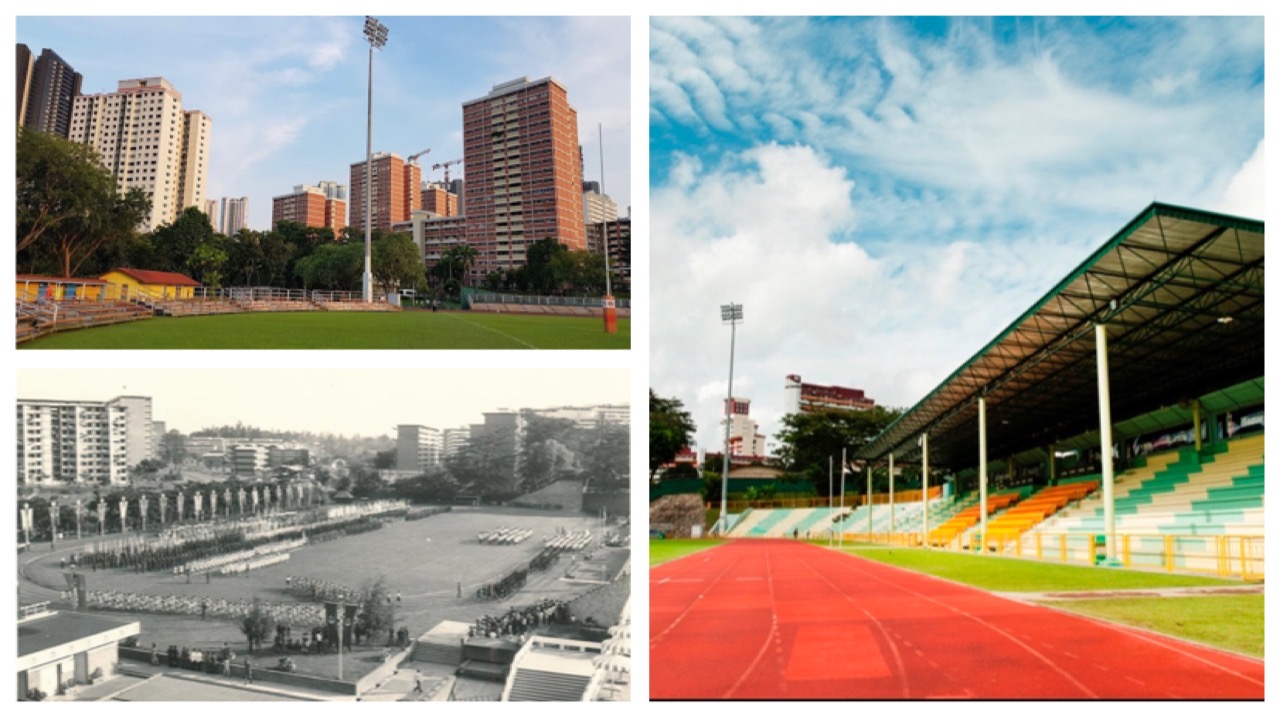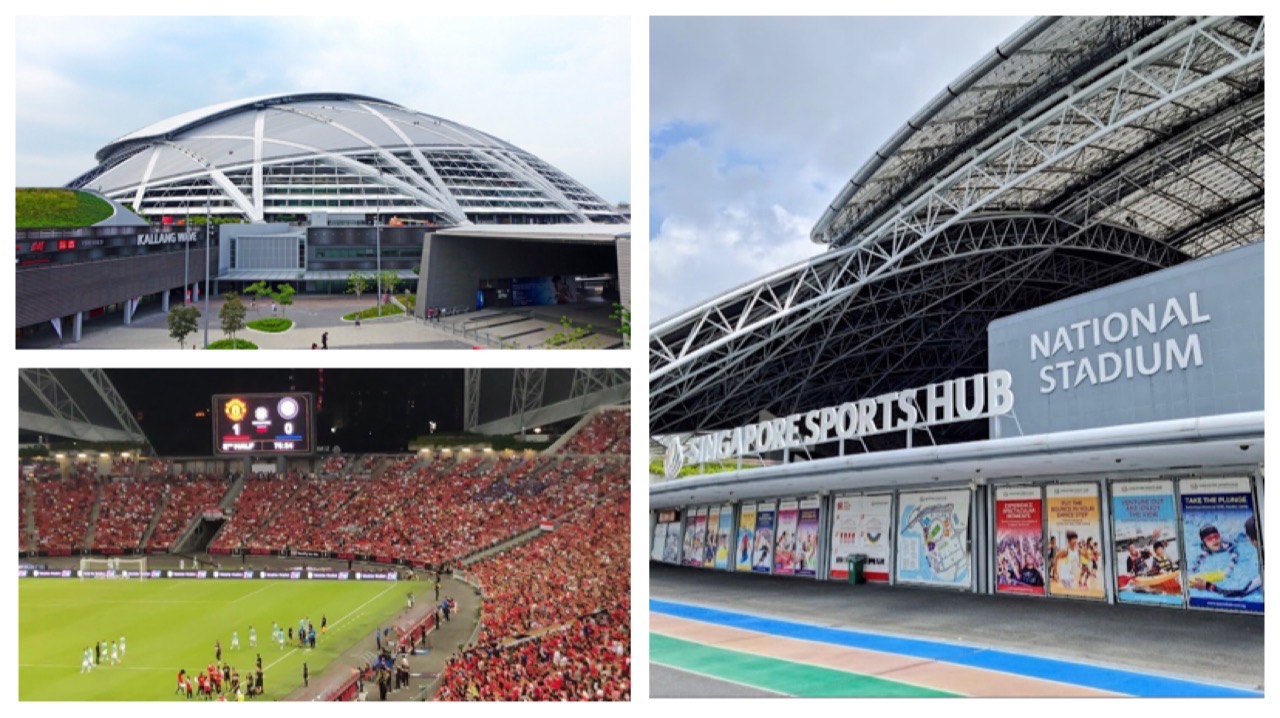Stadium Stories: Jalan Besar Stadium - The Birthplace Of Singapore Football
Often regarded as the birthplace of Singapore football, Jalan Besar Stadium - officially known as the Jalan Besar ActiveSG Stadium and located at 100 Tyrwhitt Rd - holds a special place for local football fans of all generations.
Its distinctive arched steel roof, which resembles a suspension bridge, curves over the southwest grandstand, serving as a majestic landmark amongst the rustic HDB flats and shophouses that surround it.
But did you know that this towering landmark has a history that dates all the way back to the 1920s? Jalan Besar Stadium has been through it all - World War 2, Singapore's independence and the rise of the Kallang Roar even before there was a Kallang Stadium.
History
Jalan Besar Stadium was opened on 26 December 1929 by the president of the Municipal Commission, R. J. Farrer (yes, Farrer Park is named after this man). Since its opening, the Jalan Besar Stadium has hosted many sporting events such as football, hockey and rugby matches.
Japanese Occupation
Here's a little-known fact: During the Japanese Occupation (1942–45), Jalan Besar Stadium was actually used by the Japanese as one of the mass screening sites for Sook Ching, an operation carried out to purge anti-Japanese elements. The stadium remained open throughout the Occupation years and was used as a centre to teach civilians the Japanese language.
After the war, the stadium reverted to its original function but was occasionally used as a site for political rallies and to host key events such as the inaugural Singapore Youth Festival in 1967 as well as the first Singapore Armed Forces Day parade on 11 July 1969.
Cradle of Singapore football
In the 1980s, the stadium was the venue for important matches in the domestic National Football League (NFL). Well-known Singaporean footballers such as Quah Kim Song, Dollah Kassim, R. Suria Murthi, Wilfred Skinner and Fandi Ahmad have all played at this historic stadium.
Renovation and reopening
In 1999, the original stadium underwent a major renovation and was expanded into a sports complex at a cost of over S$30 million. The complex now includes other facilities such as a swimming complex, a gymnasium, a multi-storey carpark and a food court to complement the arena. The new football stadium now has a seating capacity of 6,000 and was reopened to the public in March 2003.
Developments in Singapore football and further improvements
After the facelift in 2003, the Jalan Besar Stadium continued to serve as a major venue for football in Singapore. The stadium housed the National Football Academy as well as the headquarters of the Football Association of Singapore (FAS) and the S-League, now known as the Singapore Premier League.
It was also the home and training ground of the Young Lions, the National Team's youth development set up. The stadium was a competition venue for the 2006 Lion City Cup, the 2009 Asian Youth Games, and the inaugural Youth Olympic Games in 2010. In late 2004, the grass pitch would be replaced with an artificial turf which could withstand wear and tear better than a grass field.
In the 2010s, the Jalan Besar Stadium remained a popular footballing ground despite the revamped National Stadium holding all the "flashier" international matches and National Team games.
There was a brief foray into the Malaysian Super League from 2012 to 2015 when the FAS formed Lions XII and hosted matches against our Malaysian club counterparts. These days, it is a home venue shared by Lion City Sailors, Singapore's first privatised club and Young Lions.
Stadium Timeline
26 Dec 1929: Jalan Besar Stadium opens.
1942–45: The stadium is used as a Sook Ching mass screening site and language centre during the Japanese Occupation.
1967: The stadium hosts the opening ceremony of the inaugural Singapore Youth Festival
1973: The National Stadium is built and replaces Jalan Besar Stadium as the venue for football events.
1996: Launch of the S-League. Jalan Besar Stadium becomes the home ground for the Police Sports Association team, later known as Home United and eventually, Lion City Sailors.
Dec 1999: An exhibition match featuring ex-internationals commemorates the closing of the old stadium. The stadium is then refurbished and becomes part of the Jalan Besar sports complex.
Mar 2003: The stadium re-opens with a football match between the Young Lions and a team from Maldives. It also serves as the home ground of the Young Lions, the youth team of the Singapore National Team.
2006: The stadium replaces its grass pitch with an artificial turf.
2009: The artificial pitch is replaced by a higher-quality turf.
2010: The stadium is one of the venues for the inaugural Youth Olympic Games held in Singapore in August.
Jalan Jalan around Jalan Besar
Beyond and around Jalan Besar Stadium, there are ample eateries, hipster cafes, vintage markets and shops to explore. Check out our Let's Go Jalan Jalan article for all the best ways to rediscover Jalan Besar.
There is no lack of gorgeous architecture in this historic district and few shophouses are as beautiful as those on Petain Road. Built in the 1930s by British architect EV Miller for businessman Mohamed Bin Haji Omar, they definitely make an IG-worthy addition to your socials.
For the latest updates on Wonderwall.sg, be sure to follow us on TikTok, Telegram, Instagram, and Facebook. If you have a story idea for us, email us at [email protected].






